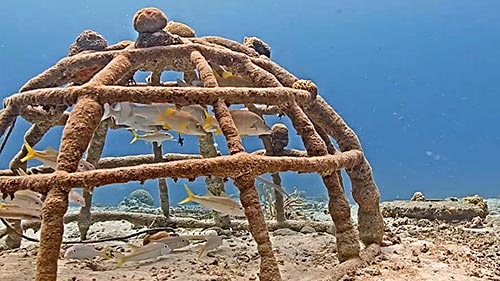- Messages
- 20,473
- Reaction score
- 19,828
- Location
- Philadelphia and Boynton Beach
- # of dives
- 1000 - 2499
Hi @drrich2
The microbiology behind SCTLD appears to be very complex. You may have seen in the Bonaire forum a very recent original paper and a NOAA summary of it on this very topic
 scubaboard.com
scubaboard.com
The microbiology behind SCTLD appears to be very complex. You may have seen in the Bonaire forum a very recent original paper and a NOAA summary of it on this very topic
Fast Moving Coral Disease Alert on Bonaire
I know this was first discussed in the Fall of 2022......but here is the latest today from Bonaire Insider. https://infobonaire.com/fast-moving-coral-disease-alert-on-bonaire/?utm_source=mailpoet&utm_medium=email&utm_campaign=bonaire-insider-fast-moving-coral-disease-alert-on-bonaire-484





